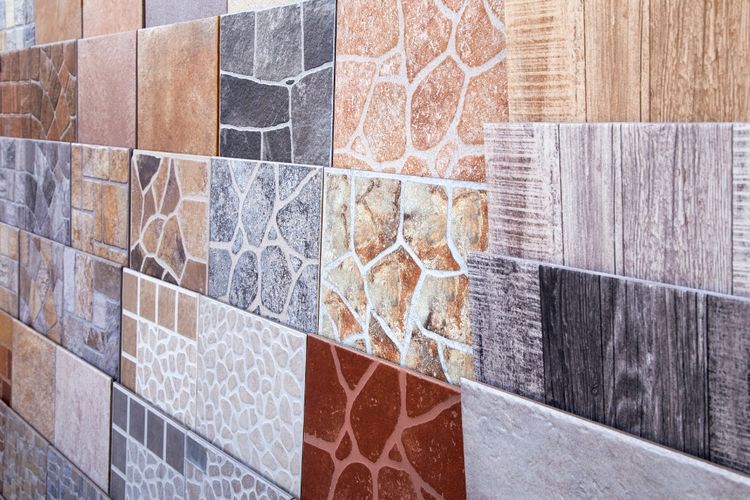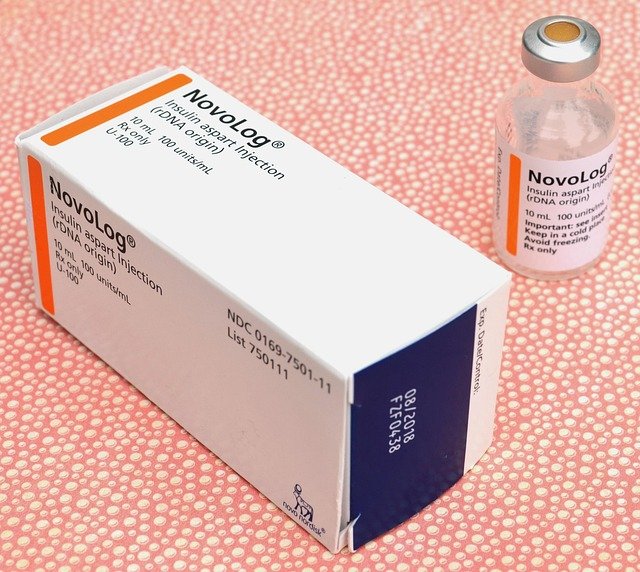Transform Your Space with Faux Stone Wall Panels: A Complete Guide
Faux stone wall panels offer a cost-effective and visually striking way to enhance both interior and exterior spaces. These versatile architectural elements combine the aesthetic appeal of natural stone with modern manufacturing techniques, providing homeowners and designers with durable, lightweight alternatives to traditional stone masonry. Whether you're looking to create an accent wall or completely transform your home's exterior, understanding the basics of faux stone panels is essential.

What Are Faux Stone Wall Panels and How Do They Work?
Faux stone wall panels are manufactured products designed to replicate the appearance of natural stone. Typically made from high-density polyurethane, fiber cement, or similar composite materials, these panels feature molded textures and realistic coloring that closely mimics various stone types. The panels are engineered with interlocking edges and mounting systems that allow for straightforward installation without specialized masonry skills.
What Are the Main Benefits of Using Faux Stone Panels?
The advantages of faux stone panels extend beyond their aesthetic appeal. These panels are significantly lighter than natural stone, reducing structural load requirements and installation complexity. They offer excellent durability, weather resistance, and maintenance-free performance. Additionally, faux stone panels provide better insulation properties than natural stone and can be installed year-round, regardless of weather conditions.
Where Can Faux Stone Panels Be Applied Most Effectively?
Interior applications include accent walls, fireplace surrounds, kitchen backsplashes, and basement finishing projects. Exterior uses encompass house facades, garden walls, outdoor kitchen areas, and architectural details like column wraps. The versatility of faux stone panels makes them suitable for both residential and commercial applications, from single-family homes to retail spaces.
What Installation Considerations Should You Keep in Mind?
Proper installation is crucial for optimal performance. The substrate must be clean, stable, and weather-resistant. Most panels require a moisture barrier for exterior applications, and proper ventilation should be considered. While many homeowners opt for DIY installation, professional installation is recommended for large-scale projects or complex architectural details.
What Are the Latest Trends in Faux Stone Wall Applications?
Recent trends show increased use of mixed-material designs, combining faux stone with wood or metal elements. Contemporary styles featuring clean lines and monochromatic color schemes are gaining popularity. Additionally, manufacturers are developing increasingly realistic textures and expanding color options to meet diverse design preferences.
How Do Different Faux Stone Panel Options Compare?
| Panel Type | Material | Average Cost per Sq Ft | Key Features |
|---|---|---|---|
| Polyurethane | High-density foam | $8-15 | Lightweight, easy installation |
| Fiber Cement | Cement composite | $12-20 | Excellent durability, fire-resistant |
| PVC | Vinyl | $6-12 | Water-resistant, low maintenance |
| Stone Veneer | Natural stone face | $15-25 | Most realistic appearance |
Prices, rates, or cost estimates mentioned in this article are based on the latest available information but may change over time. Independent research is advised before making financial decisions.
When selecting faux stone panels, consider factors such as the installation location, climate conditions, and desired aesthetic outcome. The market offers numerous options at various price points, making it possible to find solutions that match both your design vision and budget. Regular maintenance, while minimal, helps ensure long-lasting performance and sustained visual appeal. The growing popularity of faux stone panels reflects their ability to deliver the desired look of natural stone while offering practical advantages in terms of installation, cost, and maintenance.



